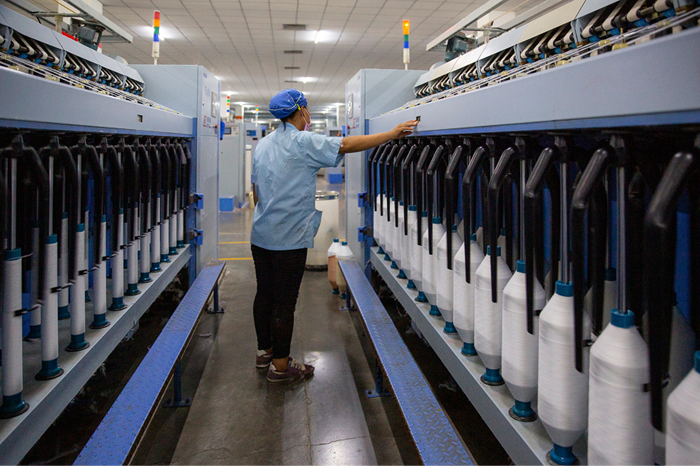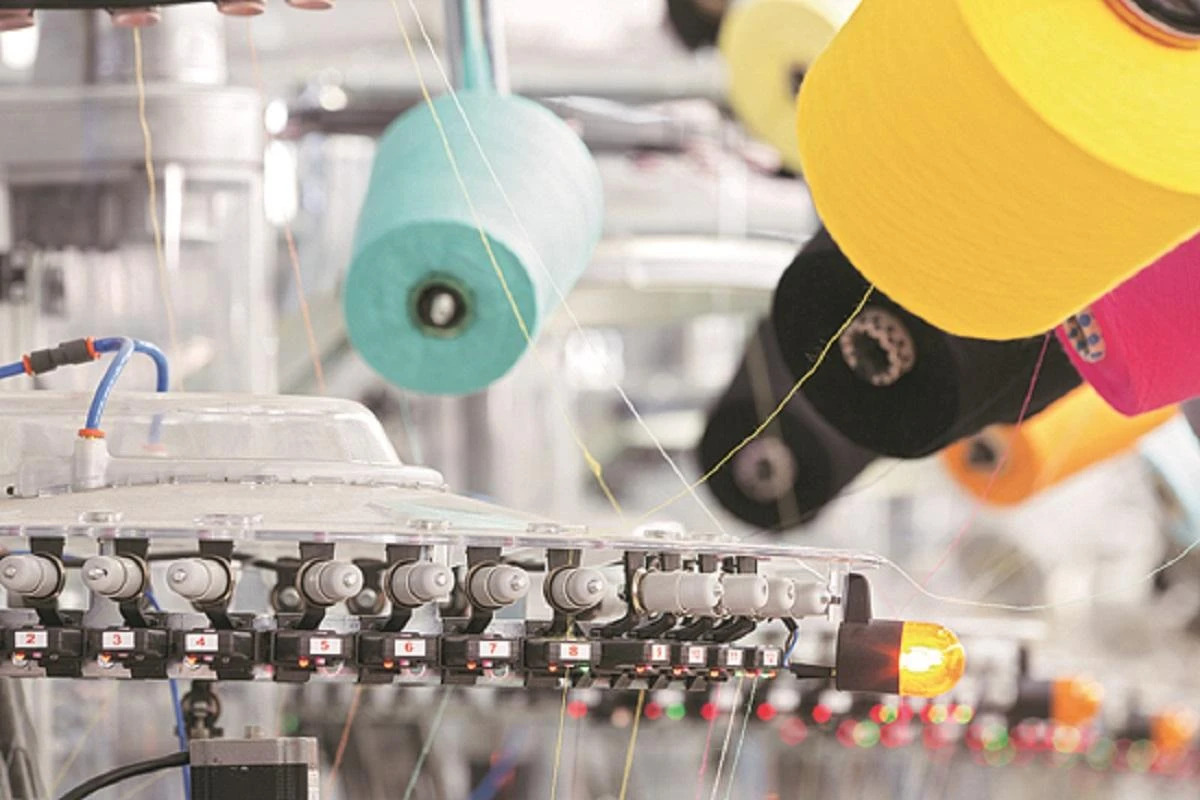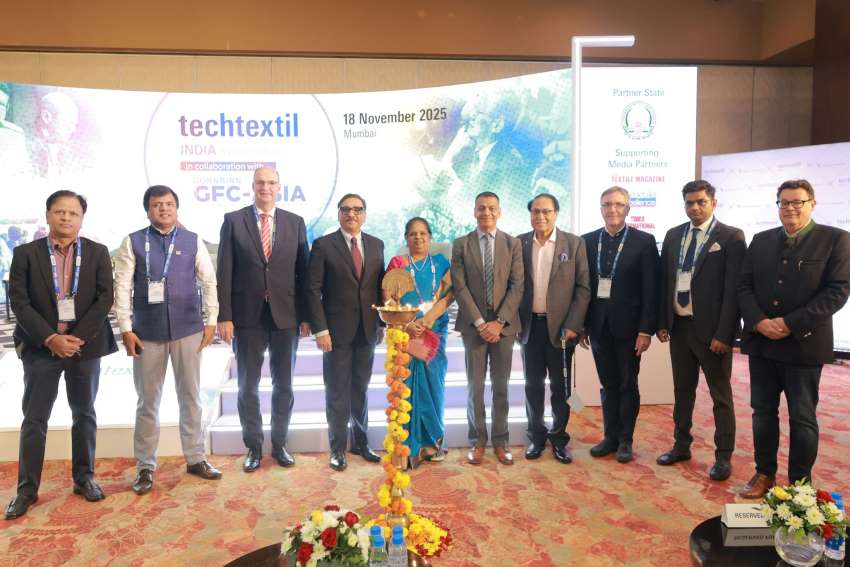A path-breaking report issued recently from ClimateWorks Foundation and Quantis promotes reducing apparel’s environmental impact. The fashion industry is estimated to contribute 8 per cent of the world’s greenhouse gas emissions. Just short of the contribution of the entire global transportation sector! (14 per cent, as per IPCC.)
Globalization has seen manufacturing moving to countries without strong environmental controls, population growth, rapid increase in GDP (and hence purchasing power) around the world, and, most notably, fast fashion trends (that rapidly multiplied the amount of clothing people buy per capita)—and the sum of these trends has increased this sector’s climate impact by 25 per cent in just over a decade. And the sector is projected to further sharply increase its climate impact by nearly half as much again by 2030.
The ClimateWorks/Quantis report also provides some uniquely helpful information to craft a path forward for the serious reductions we need. By diving deeper into each phase of apparel manufacturing than previous analysis, this study identifies the specific hot spots in the manufacturing process which need the most attention. In a nutshell, it directs the industry’s focus to the areas that matter the most, so that companies don’t waste time on the small stuff.
The biggest hot spot of concern in the global fashion industry is fabric dyeing and finishing, weighing in at 36 per cent of the sector’s total carbon footprint. And NRDC’s Clean by Design program has focused for more than five years.
There are many opportunities to significantly reduce climate, water and chemical use in this phase of apparel manufacturing with fixes that will save you money. We’re also here to tell you that despite the stellar and well-documented results of Clean by Design at more than 100 fabric mills around the world, participation in the program is nowhere near what it should be. “Rise up,” we have been saying to multi-national apparel retailers and brands, without enough response.
The cut-and-sew garment factories weighing in at a marginal 7 per cent. NRDC has just launched an effort to create model SBT’s for the fashion industry. For more info. stay tuned.












